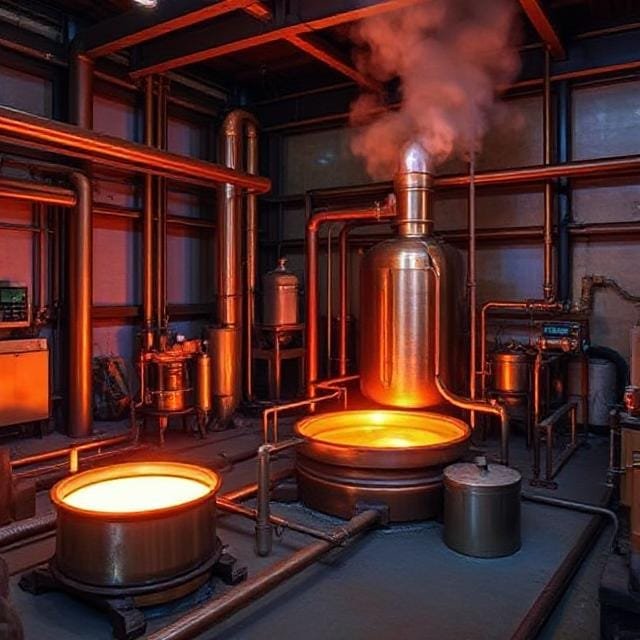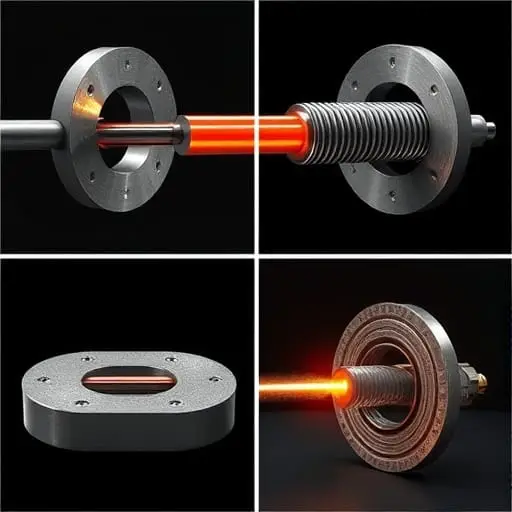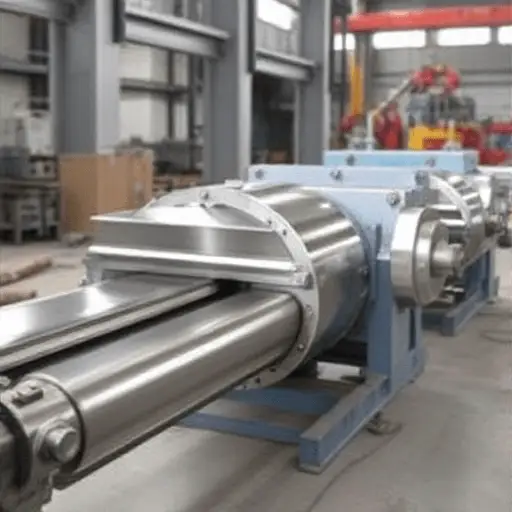8 steps in the iron ore processing process
Table of Contents
- Introduction
- Overview of Iron Ore Processing
- Step-by-Step Iron Ore Processing Workflow
- Essential Equipment for Iron Ore Processing
- Partner Spotlight: ORO Mineral
- Process Optimization Tips
- Environmental & Sustainability Considerations
- Summary Table
- References
Introduction to iron ore processing process
Iron ore is one of the most critical raw materials used in the production of steel, and its processing is essential for global infrastructure development. Efficient iron ore processing improves productivity, lowers production costs, and minimizes waste. This guide explains the main steps in iron ore processing, highlights the equipment used, and explores how leading manufacturers like ORO Mineral are helping to transform the mineral processing industry with innovative solutions.
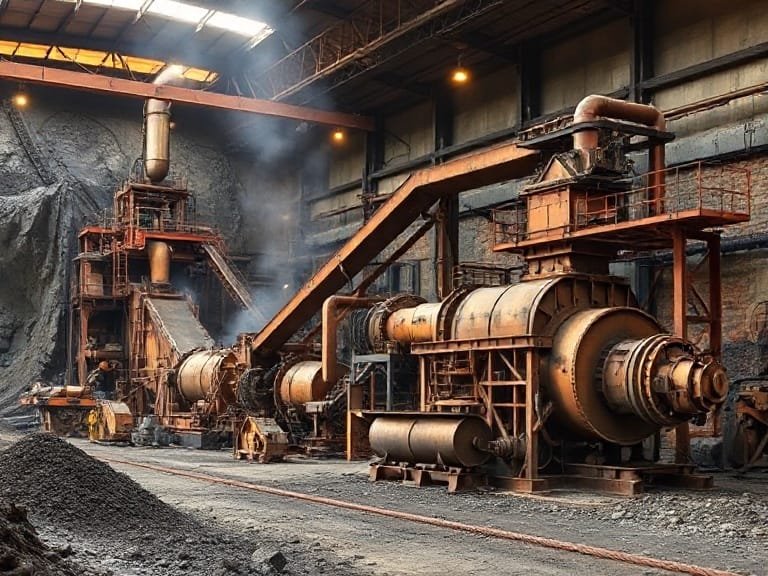
Overview of Iron Ore Processing
Iron ore processing is the process of extracting, crushing, grinding, separating, and refining iron ore into a usable product. The goal is to increase iron concentration while removing impurities like silica, phosphorus, and alumina. There are two main processing routes:
- Dry Processing: Used for ores with high iron content and low moisture. Requires less water and is more environmentally friendly.
- Wet Processing: Used for low-grade ores, involving washing, classification, and magnetic separation to upgrade ore quality.
Step-by-Step Iron Ore Processing Workflow
Step 1: Mining & Extraction
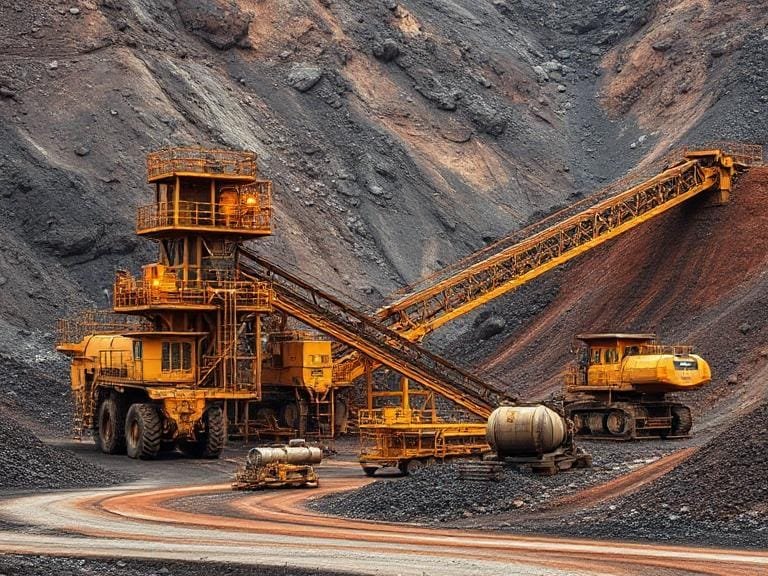
The first step is to extract iron ore from open-pit or underground mines. This involves drilling, blasting, and transporting the raw ore to processing plants.
Step 2: Crushing

Large chunks of ore are crushed into smaller pieces using jaw crushers and cone crushers to facilitate further processing.
Step 3: Grinding & Milling
The crushed ore is then ground into fine particles using ball mills or wet pan mills, increasing surface area for better separation of valuable minerals from waste.
Step 4: Screening & Classification
The ground ore passes through vibrating screens or classifiers to separate particles based on size and remove oversized materials.
Step 5: Magnetic Separation
Magnetic separators are used to separate magnetic iron ore from non-magnetic gangue. This step is essential for achieving high-grade concentrate.
Step 6: Gravity Separation
In some cases, gravity separation equipment like spiral chute separators is used to further concentrate the iron content based on density differences.
Step 7: Flotation & Desliming (Optional)
For complex ores, flotation is used to remove impurities. Desliming removes fine clay particles that affect downstream processing.
Step 8: Dewatering & Drying
The concentrate is dewatered using thickeners and filters before being dried to prepare for transport and smelting.
Essential Equipment for Iron Ore Processing
Iron ore processing requires specialized machinery to achieve maximum efficiency. Key equipment includes:
- Crushers: For primary and secondary ore crushing.
- Wet Pan Mill: For grinding ore into fine particles with high efficiency.
- Dry Electromagnetic Separator: For separating magnetic minerals from dry ore.
- Gravity Spiral Chute Separator: For density-based ore concentration.
- Electro-Magnet: For removing tramp metal and ensuring product purity.
Partner Spotlight: ORO Mineral
ORO Mineral is a leading manufacturer of intelligent mineral processing, screening, and sand washing equipment. Since 2014, they have been at the forefront of mineral screening, beneficiation, washing, and solid waste resource recovery. Their extensive experience and commitment to innovation make them an ideal partner for improving iron ore processing efficiency.
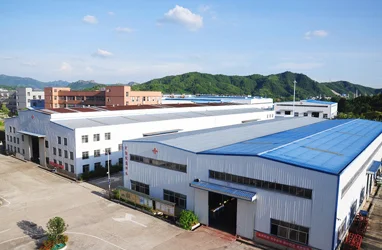
ORO Mineral’s flagship products include:
- Dry Electromagnetic Separator – For efficient dry separation of magnetic minerals.
- Gravity Spiral Chute Separator – Ideal for density-based separation with minimal energy usage.
- Electro-Magnet – Ensures tramp metal removal and protects downstream equipment.
- Wet Pan Mill – High-performance grinding equipment for mineral liberation.
Commitment to Innovation: ORO Mineral continuously upgrades its technology, develops new equipment, and improves services to meet the growing demand for sustainable and efficient mineral processing solutions.
Process Optimization Tips for iron ore processing process
- Automate Screening and Sorting: Use intelligent screening systems to improve throughput and reduce manual errors.
- Upgrade Magnetic Separators: High-intensity magnetic separators can increase recovery rates.
- Regular Maintenance: Prevent unplanned downtime by maintaining crushers, mills, and separators regularly.
- Water Recycling: Implement closed-loop water systems to minimize waste and reduce environmental impact.
Environmental & Sustainability Considerations
Modern iron ore processing focuses on minimizing water usage, reducing energy consumption, and recycling tailings. Dry processing technology and intelligent separation systems play a key role in achieving these sustainability goals.
Summary Table iron ore processing process
| Step | Description | Key Equipment |
|---|---|---|
| 1 | Mining & Extraction | Drills, Blasting Tools, Haul Trucks |
| 2 | Crushing | Jaw Crusher, Cone Crusher |
| 3 | Grinding | Wet Pan Mill, Ball Mill |
| 4 | Screening | Vibrating Screens |
| 5 | Magnetic Separation | Dry Electromagnetic Separator |
| 6 | Gravity Separation | Gravity Spiral Chute Separator |
| 7 | Dewatering | Thickeners, Filters |
References



